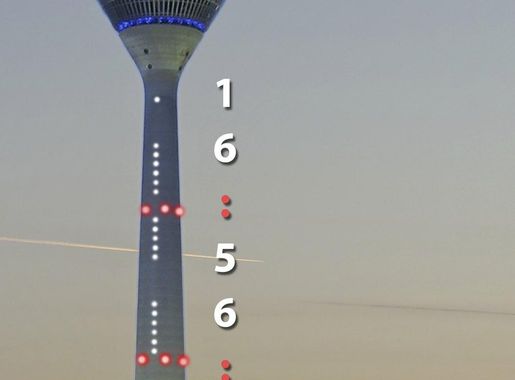
Altstadt: The Heartbeat of Düsseldorf
Discover Altstadt in Düsseldorf, where historic charm meets modern vibrancy with its iconic landmarks, bustling nightlife, and rich cultural experiences.
Welcome to Altstadt, the old town of Düsseldorf, often referred to as the 'longest bar in the world.' This vibrant neighbourhood is a perfect blend of historical charm and modern allure, making it a must-visit destination for tourists. Here, cobblestone streets are lined with over 260 bars, pubs, and restaurants, each offering a unique taste of local culture and cuisine. Amidst the lively nightlife, Altstadt also boasts rich historical landmarks such as the St. Lambertus Church with its twisted spire, and the picturesque Burgplatz, where you can enjoy a stunning view of the Rhine River. The area is also home to the Kunstsammlung Nordrhein-Westfalen, a renowned art museum that houses an impressive collection of 20th and 21st-century artwork. For those looking to shop, the Carlsplatz Market is a food lover's paradise, offering fresh produce, gourmet delicacies, and local specialties. Whether you're interested in history, art, food, or nightlife, Altstadt has something for everyone, making it an essential stop on your Düsseldorf itinerary.
Local tips in Altstadt
- Visit early in the day to explore historical sites without the evening crowd.
- Try the local Altbier, a specialty dark beer brewed in the area.
- Take a stroll along the Rhine promenade for breathtaking views and photo opportunities.
- Check out the Carlsplatz Market for fresh local produce and gourmet foods.
- Wear comfortable shoes as the cobblestone streets can be uneven.
Altstadt: The Heartbeat of Düsseldorf
Welcome to Altstadt, the old town of Düsseldorf, often referred to as the 'longest bar in the world.' This vibrant neighbourhood is a perfect blend of historical charm and modern allure, making it a must-visit destination for tourists. Here, cobblestone streets are lined with over 260 bars, pubs, and restaurants, each offering a unique taste of local culture and cuisine. Amidst the lively nightlife, Altstadt also boasts rich historical landmarks such as the St. Lambertus Church with its twisted spire, and the picturesque Burgplatz, where you can enjoy a stunning view of the Rhine River. The area is also home to the Kunstsammlung Nordrhein-Westfalen, a renowned art museum that houses an impressive collection of 20th and 21st-century artwork. For those looking to shop, the Carlsplatz Market is a food lover's paradise, offering fresh produce, gourmet delicacies, and local specialties. Whether you're interested in history, art, food, or nightlife, Altstadt has something for everyone, making it an essential stop on your Düsseldorf itinerary.
Iconic landmarks you can’t miss
Burgplatz
Explore the historic Burgplatz in Düsseldorf, a stunning landmark with rich history, picturesque views, and vibrant cultural experiences.
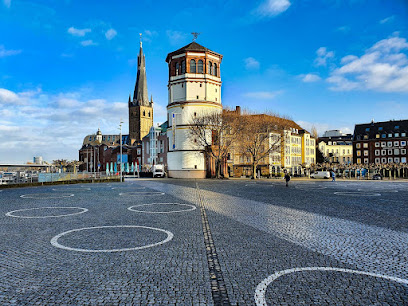
Tritonenbrunnen
Discover the Tritonenbrunnen, a stunning fountain in Düsseldorf's Königsallee, combining art, tranquility, and vibrant city life for an unforgettable experience.

Marktplatz
Immerse yourself in the charm of Düsseldorf's Marktplatz, a historical landmark filled with culture, stunning architecture, and vibrant markets.

Stadterhebungsmonument
Discover the Stadterhebungsmonument in Düsseldorf, a historical landmark celebrating the city's rich heritage and spirit of resilience.
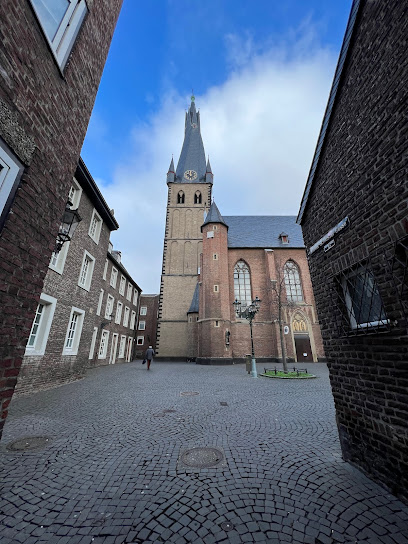
Johannes-von-Nepomuk-Statue
Explore the Johannes von Nepomuk Statue in Düsseldorf, a stunning historical landmark that embodies the city's rich cultural heritage and artistic elegance.
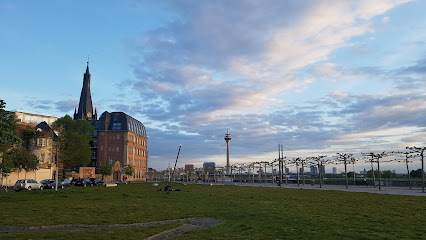
Jan-Wellem-Reiterstandbild
Explore the Jan-Wellem-Reiterstandbild, a historical monument in Düsseldorf that exemplifies the city’s rich cultural heritage and artistic legacy.
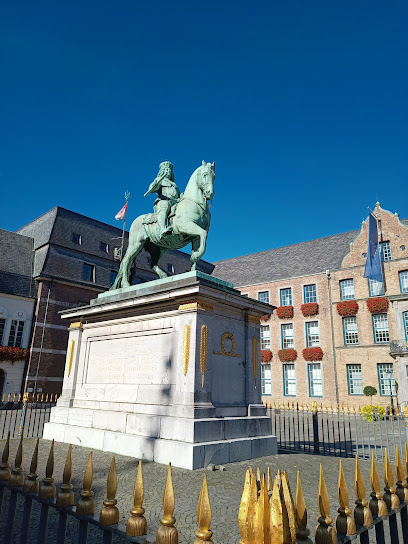
Bismarck Memorial
Discover the historical significance of the Bismarck Memorial in Düsseldorf, a stunning tribute to German unity surrounded by beautiful parkland.
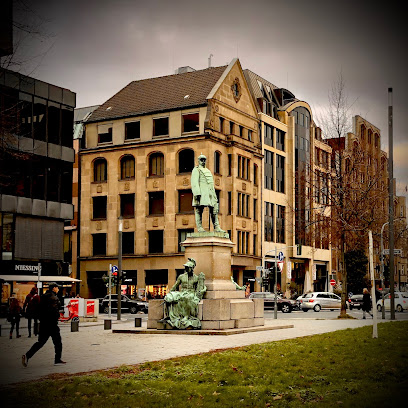
Stiftsplatz
Discover the historical charm of Stiftsplatz in Düsseldorf, a vibrant square that showcases the city's rich cultural heritage and stunning architecture.
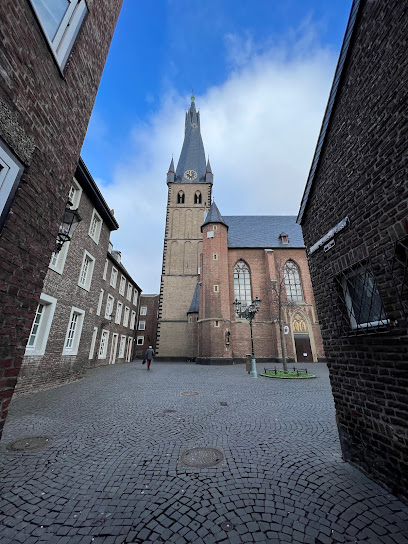
Gedenkbrunnen zum 650. Jahrestag Düsseldorfs
Discover the Gedenkbrunnen in Düsseldorf, a historic fountain celebrating 650 years of the city's vibrant heritage and artistic legacy.
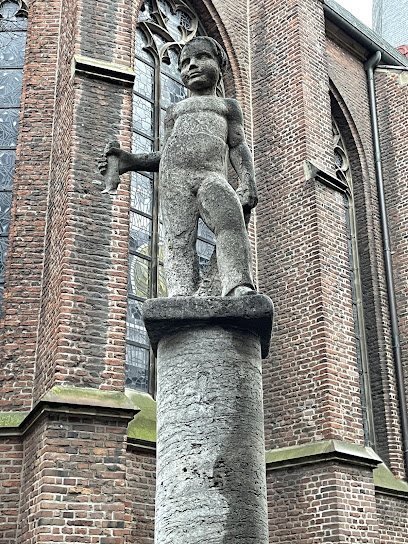
Mündung Nördliche Düssel
Experience the serene beauty of the Nördliche Düssel Estuary in Düsseldorf, where nature meets urban charm for an unforgettable escape.
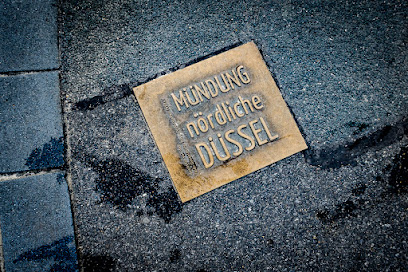
Unmissable attractions to see
Hofgarten
Explore Hofgarten, Düsseldorf's scenic urban park, a perfect blend of nature, culture, and relaxation in the heart of the city.
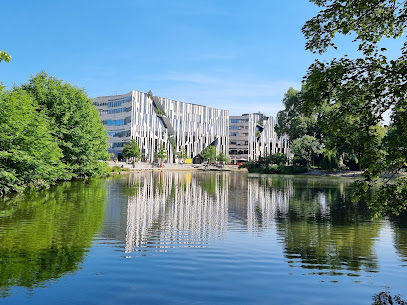
Burgplatz
Explore the historic charm of Burgplatz in Düsseldorf, where stunning river views meet rich history and vibrant local culture.
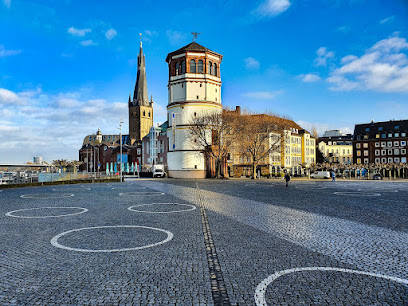
Museum Kunstpalast
Explore the vast collection of masterpieces at Museum Kunstpalast, a cultural hub in Düsseldorf showcasing art from classical to contemporary.
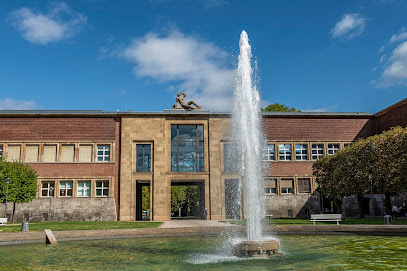
Statue-Street Art
Explore the vibrant Statue-Street Art in Düsseldorf, where contemporary street art meets historical charm, creating a unique urban experience.
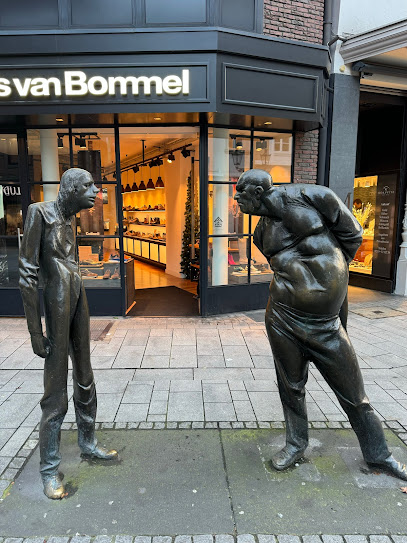
Mündung Nördliche Düssel
Experience the tranquil beauty of the Nördliche Düssel, a serene confluence in Düsseldorf offering picturesque views and a peaceful escape in the heart of the city.
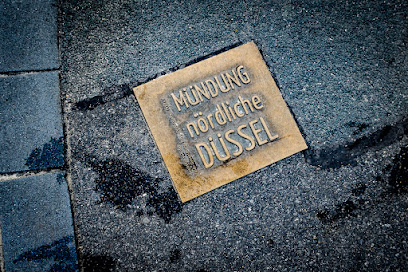
Essential places to dine
Louisiana Düsseldorf Altstadt
Discover Louisiana Düsseldorf Altstadt - where American flavors meet vibrant nightlife in the heart of Düsseldorf's historic district.
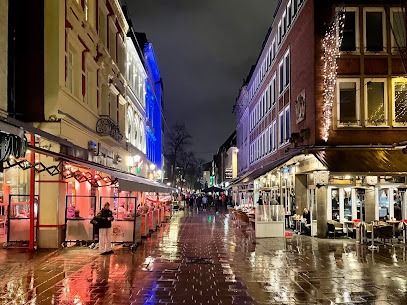
Brauerei Zum Schiffchen, Düsseldorf
Experience authentic German beer culture at Brauerei Zum Schiffchen, Düsseldorf's historic brewpub offering delicious local brews and traditional cuisine.
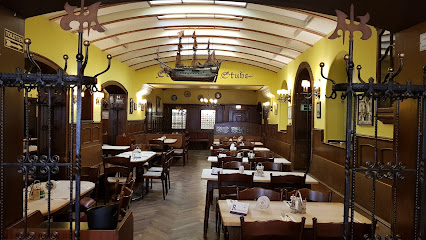
Schweine Janes Altstadt
Experience authentic German cuisine at Schweine Janes Altstadt in Düsseldorf's historic district; where flavors meet tradition.

Schwan Restaurant Düsseldorf Altstadt
Experience authentic German cuisine at Schwan Restaurant in Düsseldorf's Altstadt – a must-visit culinary destination.
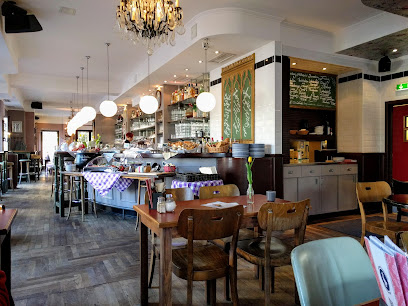
El Lazo
Experience exceptional steak dining at El Lazo in Düsseldorf—where quality meets flavor in every bite.
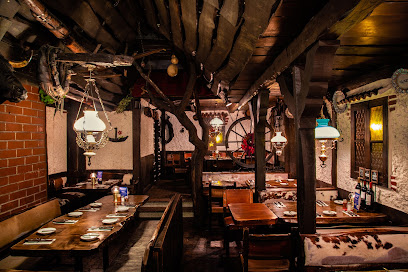
Casita Mexicana
Discover the vibrant flavors of Mexico at Casita Mexicana in Düsseldorf - where authentic cuisine meets lively ambiance.
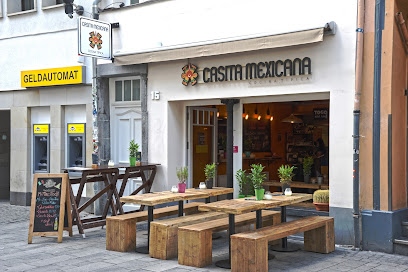
Las Tapas - Düsseldorf
Experience authentic Spanish flavors at Las Tapas in Düsseldorf, where every dish tells a story.
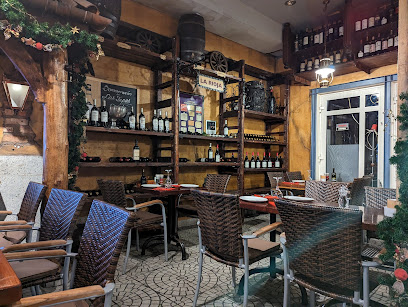
Altstadt Restaurant - Düsseldorf
Experience authentic German flavors at Altstadt Restaurant in Düsseldorf's vibrant Old Town - a culinary delight not to be missed!
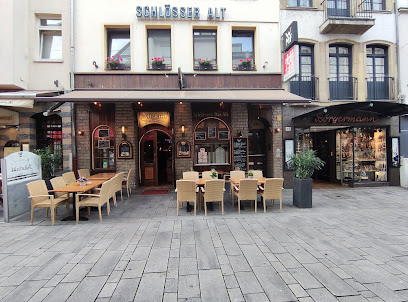
A Tavola - Düsseldorf
Experience authentic Italian cuisine at A Tavola in Düsseldorf - where every dish tells a story and flavors come alive.
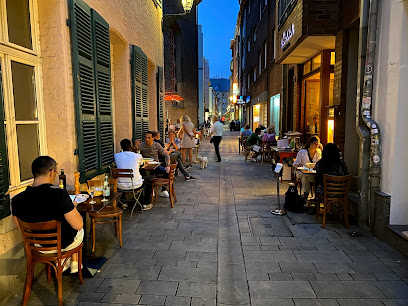
Weinhaus Tante Anna
Experience authentic German cuisine paired with exquisite wines at Weinhaus Tante Anna in Düsseldorf's vibrant dining scene.

Markets, malls and hidden boutiques
APROPOS The Concept Store
Shop in style at APROPOS, Düsseldorf's premier concept store for clothing, cosmetics, and fragrances.
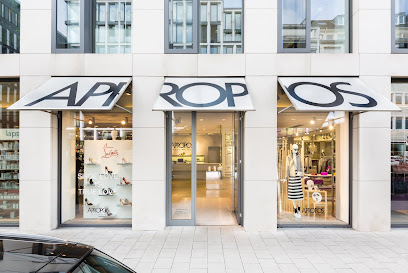
Subdued
Discover unique fashion pieces and trendy styles at Subdued, a must-visit boutique in the heart of Düsseldorf, perfect for every fashion enthusiast.
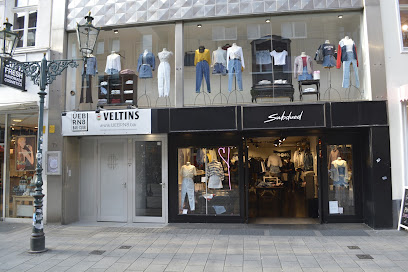
G-Star RAW Store
Explore the G-Star RAW Store in Düsseldorf for the latest in denim fashion and stylish accessories, perfect for all fashion enthusiasts.
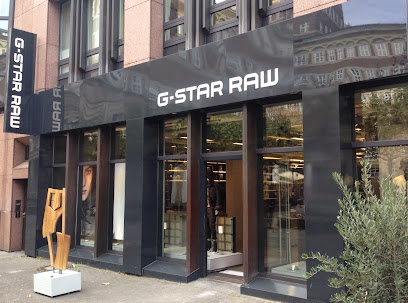
Vintage Galerie Vaseline
Explore the unique vintage finds at Galerie Vaseline, a charming used furniture store in Düsseldorf, perfect for eclectic decor enthusiasts.
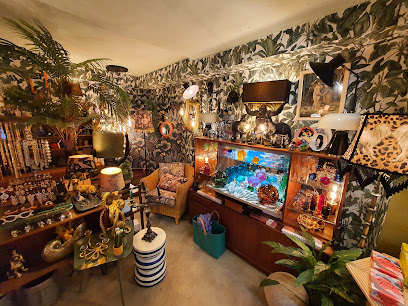
SOLO & LYA by SOLO
Explore the chic world of women's fashion at SOLO & LYA in Düsseldorf, where style meets exceptional service and curated collections await.
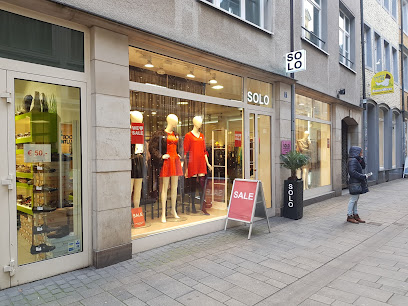
Kauf Dich Glücklich Düsseldorf
Discover unique fashion and accessories at Kauf Dich Glücklich Düsseldorf, a boutique that embodies the charm and creativity of the city.
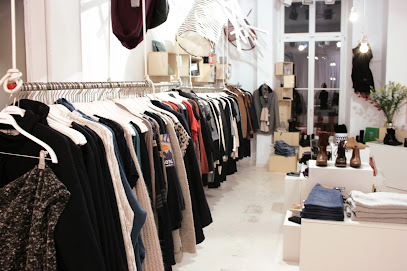
Jeckes Lädchen
Discover authentic souvenirs at Jeckes Lädchen, a charming store in the heart of Düsseldorf offering unique gifts and local treasures.
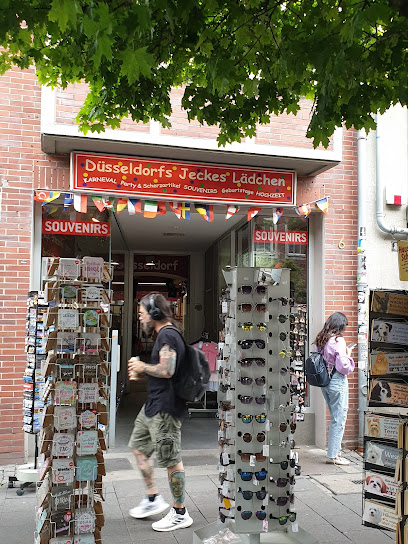
déjà vu Boutique Düsseldorf
Explore the chic styles at déjà vu Boutique Düsseldorf, where fashion meets elegance in the heart of the city, perfect for your unique wardrobe.
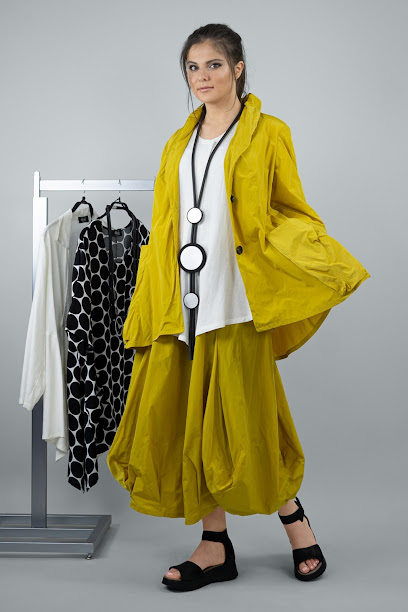
BETHGE Boutique Düsseldorf
Explore BETHGE Boutique in Düsseldorf for exquisite leather goods, unique stationery, and charming gifts that capture the city's artistic spirit.
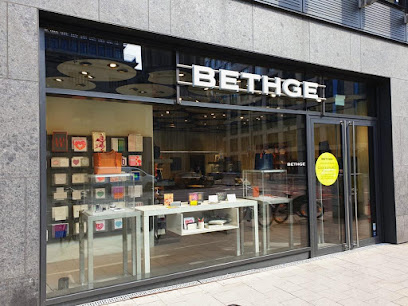
Sorti
Discover unique fashion at Sorti, a chic clothing boutique in the heart of Düsseldorf, where style meets quality for an unforgettable shopping experience.
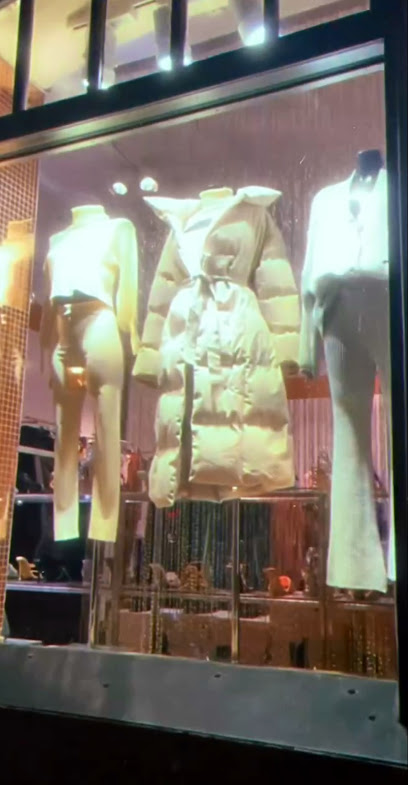
Essential bars & hidden hideouts
The Irish Pub Bei Fatty - Fatty's
Experience the best of Irish hospitality at Fatty's Irish Pub in Düsseldorf, where delicious food and drinks meet a lively atmosphere.
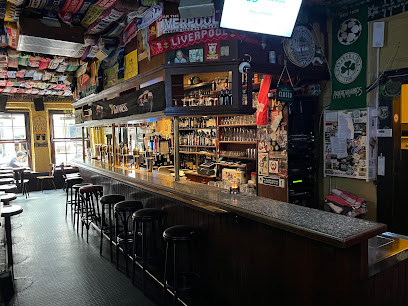
o’reilly’s Irish Pub & Restaurant
Experience the heart of Ireland in Düsseldorf at O'Reilly's Irish Pub & Restaurant, where great food, drinks, and entertainment come together.
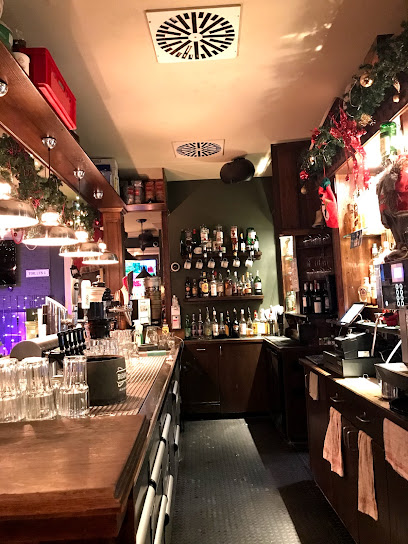
Dä Spiegel
Experience the vibrant atmosphere and culinary delights of Dä Spiegel, a top gastropub in Düsseldorf, perfect for tourists seeking local flavor.
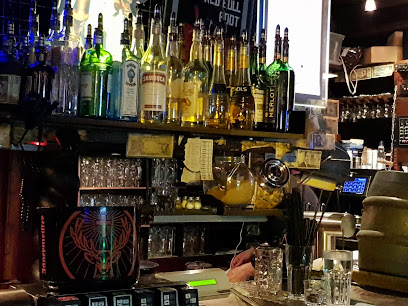
Sweetheart Düsseldorf
Experience the vibrant taste of America at Sweetheart Düsseldorf, where classic dishes meet a lively atmosphere in the heart of the city.

Siam Bar - Düsseldorf
Discover the vibrant atmosphere of Siam Bar in Düsseldorf, where exceptional cocktails meet an inviting ambiance for an unforgettable night.
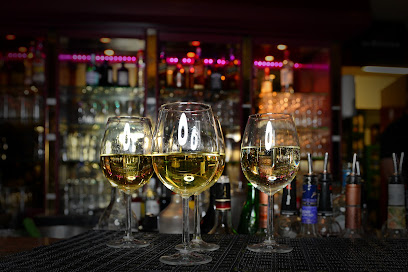
Bar Cherie - Düsseldorf
Discover the vibrant nightlife at Bar Cherie in Düsseldorf, where cozy ambiance meets artistic flair and exceptional drinks.
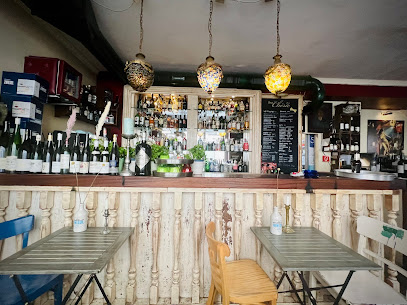
Kostbar Düsseldorf-Altstadt
Experience the vibrant culinary scene at Kostbar Düsseldorf-Altstadt, where local flavors meet a modern bistro atmosphere in the heart of the city.

Elephant Bar - Düsseldorf
Discover the vibrant nightlife and exotic flavors at Elephant Bar in Düsseldorf, a perfect spot for locals and tourists alike.
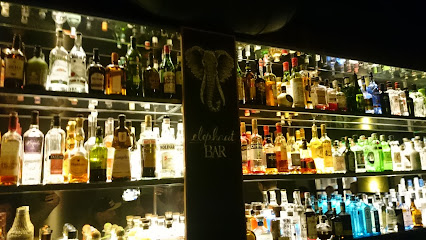
The Oak’s Bar - Düsseldorf
Experience the vibrant nightlife at The Oak's Bar in Düsseldorf, where cocktails, live music, and a lively atmosphere await you.
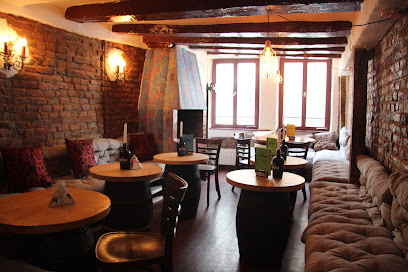
BEUYS Bar
Experience the artistry of cocktails at BEUYS Bar, Düsseldorf's chic destination for nightlife and unforgettable flavors.
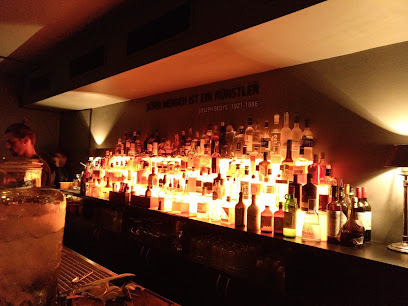
Local Phrases
-
- HelloHallo
[ha-lo] - GoodbyeAuf Wiedersehen
[owf vee-der-zay-en] - YesJa
[yah] - NoNein
[nine] - Please/You're welcomeBitte
[bit-teh] - Thank youDanke
[dahn-keh] - Excuse me/SorryEntschuldigung
[ent-shool-di-gung] - How are you?Wie geht es dir?
[vee geht es deer] - Fine. And you?Gut. Und dir?
[goot oond deer] - Do you speak English?Sprechen Sie Englisch?
[shpre-chen zee eng-lish] - I don't understandIch verstehe nicht
[ikh fer-shteh-eh nikht]
- HelloHallo
-
- I'd like to see the menu, pleaseIch möchte bitte die Speisekarte sehen
[ikh merkhte bit-te dee spai-ze-kar-teh zay-en] - I don't eat meatIch esse kein Fleisch
[ikh es-se kine flysh] - Cheers!Prost!
[prohst] - I would like to pay, pleaseIch möchte bitte zahlen
[ikh merkhte bit-te tsah-len]
- I'd like to see the menu, pleaseIch möchte bitte die Speisekarte sehen
-
- Help!Hilfe!
[hil-feh] - Go away!Geh weg!
[geh veg] - Call the Police!Rufen Sie die Polizei!
[roo-fen zee dee po-lee-tsey] - Call a doctor!Rufen Sie einen Arzt!
[roo-fen zee i-nen ahrts] - I'm lostIch habe mich verirrt
[ikh hah-beh mikh fer-eert] - I'm illIch bin krank
[ikh been krank]
- Help!Hilfe!
-
- I'd like to buy...Ich möchte ... kaufen
[ikh merkhte ... kow-fen] - I'm just lookingIch schaue nur
[ikh shou-e noor] - How much is it?Wie viel kostet das?
[vee feel koh-stet das] - That's too expensiveDas ist zu teuer
[das ist tso toy-er] - Can you lower the price?Können Sie den Preis senken?
[kern-en zee den prise zehn-ken]
- I'd like to buy...Ich möchte ... kaufen
-
- What time is it?Wie spät ist es?
[vee shpet ist es] - It's one o'clockEs ist ein Uhr
[es ist iyn oor] - Half past (10)Halb zehn
[halb tsayn] - MorningMorgen
[mohr-gen] - AfternoonNachmittag
[nahk-mit-tahk] - EveningAbend
[ah-bent] - YesterdayGestern
[geh-stern] - TodayHeute
[hoi-teh] - TomorrowMorgen
[mohr-gen] - 1Eins
[ines] - 2Zwei
[tsvai] - 3Drei
[dry] - 4Vier
[feer] - 5Fünf
[fynf] - 6Sechs
[zeks] - 7Sieben
[zee-ben] - 8Acht
[ahkt] - 9Neun
[noyn] - 10Zehn
[tsayn]
- What time is it?Wie spät ist es?
-
- Where's a/the...?Wo ist ein/der...?
[vo ist iyn/dehr] - What's the address?Wie ist die Adresse?
[vee ist dee ah-dreh-seh] - Can you show me (on the map)?Können Sie mir zeigen (auf der Karte)?
[kern-en zee meer tsai-gen (ouf dehr kar-teh)] - When's the next (bus)?Wann kommt der nächste (Bus)?
[vahn kohmt dehr nakhs-teh (boos)] - A ticket (to ....)Eine Fahrkarte (nach ....)
[i-ne fahr-kar-teh (nahkh ....)]
- Where's a/the...?Wo ist ein/der...?
History of Altstadt
-
The Altstadt, or 'Old Town,' of Düsseldorf has roots dating back to the late Middle Ages, specifically around the 13th century. Initially a small settlement, it was chartered in 1288, laying the groundwork for what would become a thriving urban center. The strategic location along the Rhine River facilitated trade and commerce, allowing the area to flourish.
-
By the 16th century, Düsseldorf became the capital of the Duchy of Jülich-Cleves-Berg, with Altstadt at its heart. The establishment of the Electorate of Düsseldorf in 1614 further solidified its importance. The Altstadt began to see the construction of impressive buildings, including the St. Lambertus Church, which still dominates the skyline and reflects the region's Gothic architectural heritage.
-
The 18th century was a period of cultural flourishing for Düsseldorf, particularly in Altstadt. The city became a center for artists and musicians, with figures like painter Joseph Beuys emerging from the region. The establishment of the Academy of Arts in 1773 further enhanced Düsseldorf's reputation as a cultural hub, influencing the artistic movements of the time.
-
The devastation of World War II brought significant destruction to Altstadt, with many historical buildings reduced to rubble. Post-war reconstruction efforts focused on preserving the historical character of the Old Town while modernizing the infrastructure. The rebuilding of the Altstadt, completed in the 1950s, restored its status as a vibrant cultural and social center.
-
Today, Altstadt is known as 'the longest bar in the world,' boasting over 300 bars and pubs that reflect the lively spirit of the area. It serves as a cultural landmark, hosting events such as the Düsseldorf Carnival and the Christmas Market, showcasing both local traditions and vibrant community life. The blend of historical architecture and contemporary culture makes Altstadt a focal point for both residents and visitors.
Altstadt Essentials
-
Altstadt is easily accessible from other neighborhoods in Düsseldorf. The U-Bahn (subway) Line U78 and U79 connect Altstadt to the central train station (Hauptbahnhof) and other parts of the city. Additionally, trams and buses serve the area, with numerous stops along the way. If you’re coming from the Düsseldorf International Airport, take the S-Bahn (train) S11 to the central station and then transfer to the U-Bahn or a bus to reach Altstadt.
-
Altstadt is a compact neighborhood, making it ideal for exploring on foot. Many attractions, bars, and restaurants are within walking distance. For longer distances, the U-Bahn and trams are efficient options. Bicycles can be rented from various bike-sharing services, allowing for a leisurely ride along the Rhine promenade. Taxis and rideshare services are also available for convenient transport.
-
Altstadt is generally safe for tourists, but it’s advisable to remain vigilant, especially in crowded areas and at night. While most areas are secure, the vicinity around the main train station can occasionally experience petty crime such as pickpocketing. Avoid poorly lit side streets after dark and keep a close eye on your belongings.
-
In case of an emergency, dial 112 for fire and medical assistance, or 110 for police. The nearest hospital is located within a short distance from Altstadt. It’s recommended to have travel insurance that covers emergencies. Pharmacies are also readily available throughout the neighborhood for minor health issues.
-
Fashion: Do dress appropriately for the weather, and consider smart-casual attire for dining out. Don’t wear overly casual beachwear in restaurants or shops. Religion: Do respect local customs, particularly when visiting churches. Don’t take photos where prohibited. Public Transport: Do validate your ticket before boarding. Don’t eat or drink on public transport. Greetings: Do greet with a firm handshake and maintain eye contact. Don’t engage in overly familiar behavior until you know someone well. Eating & Drinking: Do try local specialties like Altbier and traditional dishes. Don’t be offended if you’re offered more food; it’s a sign of hospitality.
-
To experience Altstadt like a local, visit the vibrant markets in the early morning, where you can sample fresh goods and regional delicacies. Join locals in the evenings at one of the many microbreweries for a pint of Altbier. Explore the hidden courtyards and small alleys for unique shops and art galleries that offer a glimpse into Düsseldorf’s creative scene. Attend local events and festivals that often take place in the area, providing a deeper understanding of the local culture.
Nearby Cities to Altstadt
-
Things To Do in Essen
-
Things To Do in Cologne
-
Things To Do in Bonn
-
Things To Do in Aachen
-
Things To Do in Maastricht
-
Things To Do in Nijmegen
-
Things To Do in Genk
-
Things To Do in Eindhoven
-
Things To Do in Munster
-
Things To Do in Arnhem
-
Things To Do in Spa
-
Things To Do in Hasselt
-
Things To Do in Liege
-
Things To Do in Koblenz
-
Things To Do in Durbuy


